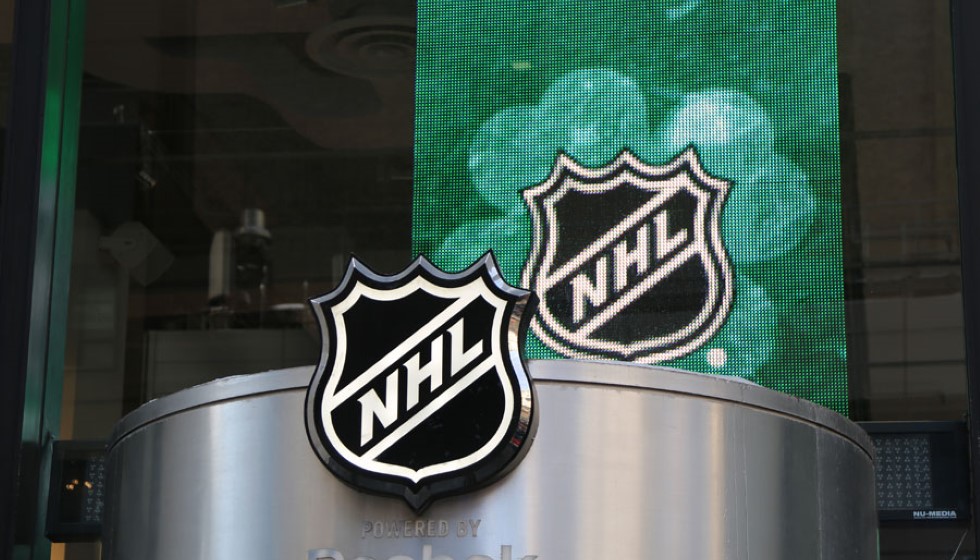
In a recent match-up between the Toronto Maple Leafs and the New York Rangers, fans witnessed a significant clash of titans as Ryan Reaves of the Leafs faced off against Matt Rempe, an imposing rookie from the Rangers. Standing tall at 6 feet 7 inches and weighing in at 240 pounds, Rempe has made his presence felt in the National Hockey League (NHL) with both his size and playing style. With one goal, one assist, and a notable 37 minutes in the penalty box—surpassing his actual gameplay time by 5 minutes—Rempe fits the mold of what many refer to as an "enforcer" in hockey.
The Role of Enforcers in the NHL
The term "enforcer" is often used to describe players like Rempe, who are known for their physical style of play and willingness to engage in fights. This role, however, has been under scrutiny following the tragic deaths of enforcers Derek Boogaard, Wade Belak, and Rick Rypien in 2011. These incidents, coupled with research linking Chronic Traumatic Encephalopathy (CTE) to fighting in hockey, led to significant changes within the NHL. Despite these developments, NHL Commissioner Gary Bettman has publicly questioned the findings that directly associate fighting in hockey with CTE.
The Shift in Hockey Culture
As analytics gained prominence in hockey, the place for enforcers on the team roster began to diminish. With a focus on scoring capability and skating proficiency, the traditional enforcer, known more for their might than their maneuvering or scoring prowess, found it challenging to secure a spot in the modern NHL. This shift has contributed to a decline in fighting, ushering in a faster, more strategic, and overall more engaging game that aims to be more inclusive.
The reduction in fights is also reflective of a changing "code" within hockey. Such cultural shifts have been a focal point of discussions, even on platforms like TNT's NHL panel, which often analyzes both plays and physical altercations in games. Panelist Paul Bissonnette, for instance, appreciated Rempe's adherence to the "old-school" approach, both in terms of his playing style and his readiness to answer for his actions on the ice.
Enforcers: Protectors of the Game?
Despite the evolving game, there remains a faction within the hockey community that asserts enforcers play a crucial role in keeping the game safe by deterring potential misconduct from opposing players. It's a perspective that views the presence of players like Rempe not just as a throwback to a bygone era, but as a necessary counterbalance within the sport. Some argue that the presence of enforcers could help de-escalate potential conflicts, preventing them from escalating into more serious confrontations.
Broader Cultural Implications
The discussion around fighting in hockey and the role of enforcers like Rempe extends beyond the confines of the rink, touching upon larger societal and cultural debates. This was evident during the NHL's All-Star break in Florida, where the league's social initiatives, including a career fair, became a point of contention for figures like Florida Governor Ron DeSantis. Criticism from the Governor's office, emphasizing a stance against what they described as any form of discrimination—even if under the guise of social advocacy—highlights how sports, and hockey in particular, continue to serve as cultural battlegrounds in broader societal debates.
In summary, as the NHL continues to evolve, the role of enforcers like Matt Rempe remains a point of contention. While some view their presence as outdated in a game that's becoming faster and more skill-focused, others see a valuable role for these players in maintaining order and safety on the ice. Regardless of where one stands on this issue, it is clear that the discussion around enforcers, fighting, and the culture of hockey is far from over. Moreover, it speaks to the sport's ongoing negotiation with modern societal values and the pursuit of a game that's both inclusive and respectful of its traditions.